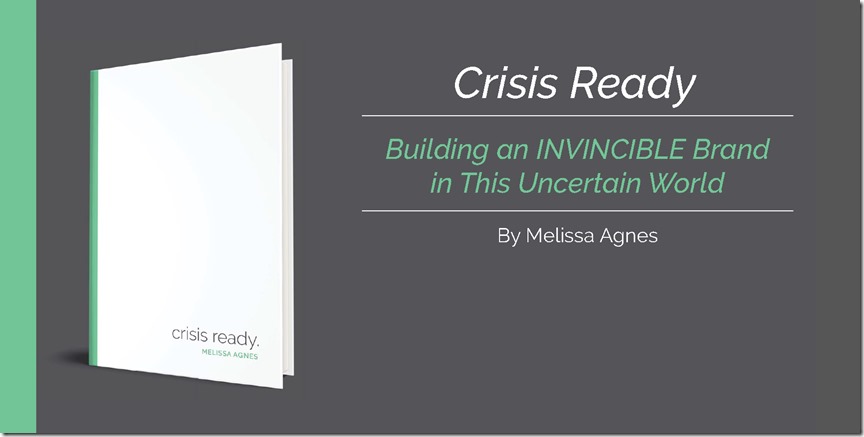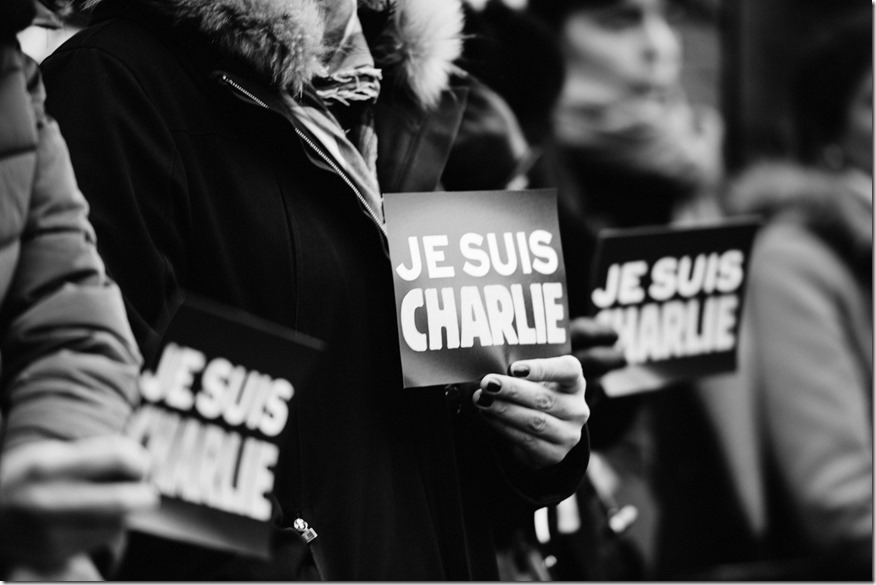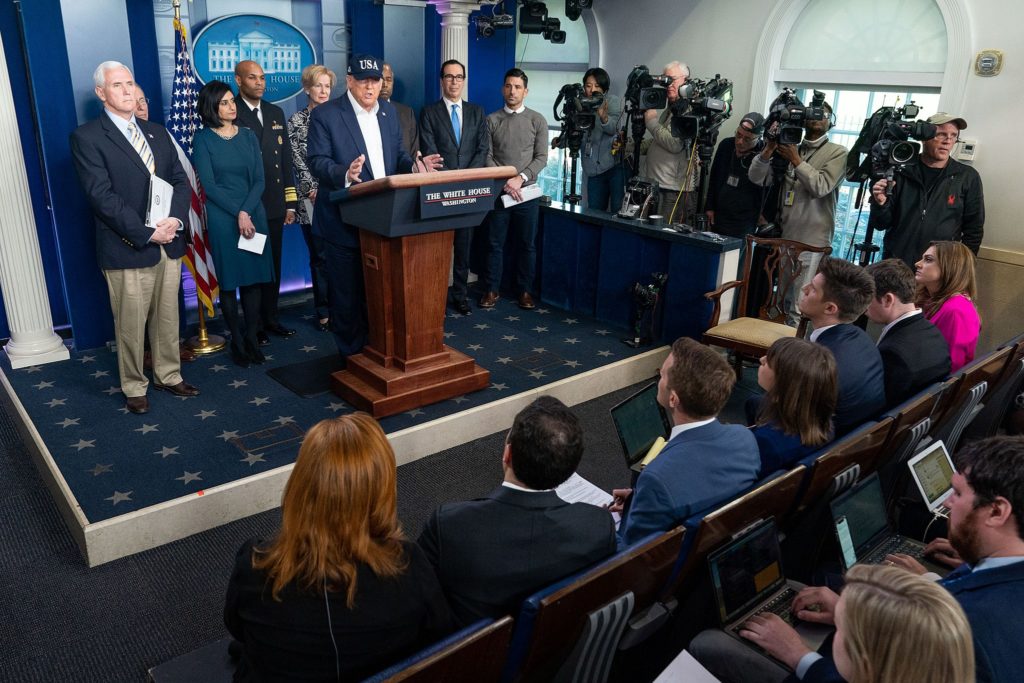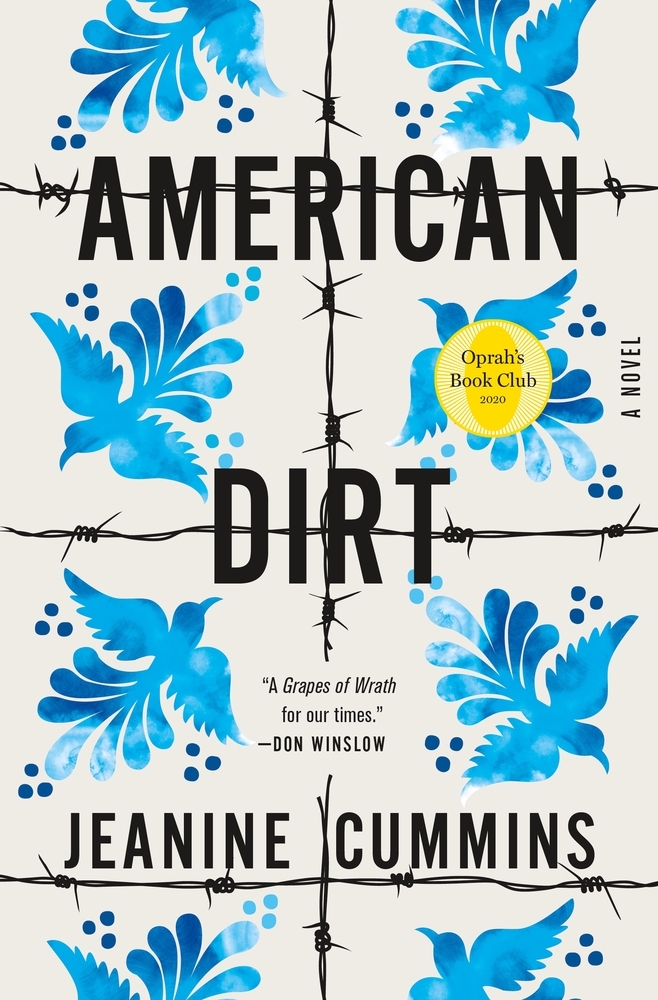The 3 Things That Make A Crisis Go Viral
Editor’s Note: This is an excerpt from Melissa Agnes’s new book, Crisis Ready: Building an Invincible Brand in an Uncertain World. I highly recommend it.
In order to be able to identify the potential of something going viral against your organization, you need to understand, first, that virality is relative to your organization’s “normal.”
For example, virality doesn’t have to mean 500,000 tweets in a day. It can mean 50 or 500 shares and mentions in a day, or over the span of a couple of days. The measure of virality depends on the benchmarks of your organization’s normal online activity and the potential impact the situation risks having on your brand.
The second thing to understand is what makes something go viral in the first place. What is it that prompts someone to click “like,” “share,” or “RT” to a piece of content? After all, the term “viral” is defined as “an image, video, piece of information, etc., that is circulated rapidly and widely from one Internet user to another.” So, the question is what makes something worthy of being “circulated rapidly and widely?”
There are three components that are consistently found in each piece of viral content:
- An emotionally compelling story;
- Relatability, and;
- Shareable format.
When you’re identifying and assessing a risk, you want your team to instinctively look for a combination of these three components. None of these things on their own will prompt something to go viral, but combine them together and you’ll get a story, article, video, or picture that people will be inclined to share. And the more it gets shared, the more it has the potential to go viral. Let’s make this real with an example.
Boko Haram, an Islamic extremist group based in Nigeria, has been tormenting and murdering innocent men, women, and children for years. In January 2015, the terrorist group brutally slaughtered two-thousand innocent Nigerians in what was called their “deadliest massacre.” Even though some of the biggest media outlets reported on the incident and shared devastating photos of the attack, the event only garnered a small amount of attention from the western world with little conversation about it on social media before the media was onto their next story and people continued with their daily lives.
A few days later, on January 7th, 2015, two brothers barged into the headquarters of the French satirical newspaper, Charlie Hebdo, in Paris, and shot and killed twelve people while wounding eleven others. But unlike the Boko Haram massacre, this attack went viral in a way that united the world. The hashtag #JeSuisCharlie (#IamCharlie) quickly became one of the most used news hashtags in Twitter’s history at the time, and four days after the attack two million people, including over forty world leaders, stood arm in arm to rally together in Paris, while millions of others joined in the movement throughout major cities around the world.
What was it that made the impact and the viral nature of these two devastating events so different? Both were heinous acts. One resulted in two thousand innocent people being slaughtered, while the other resulted in the murder of twelve innocent people. So then why did the Charlie Hebdo attack go viral while the Boko Haram slaughter went nearly unnoticed?
One could argue that both attacks happened near the same time, so one took the spotlight more than the other; or that more media outlets reported on the attack in Paris, versus the slaughter in Nigeria. But Boko Haram has been brutally murdering and terrorizing Nigerians for years and there are many credible news sources that report on these devastating incidents when they happen. And yet, the news of these terrible events has never garnered nearly the same amount of attention or reaction from the western world as the Charlie Hebdo attack did.
So, if it has nothing to do with the timing of the events or the amount of media outlets that report on them, let’s compare both events against our three components of viral content:
1. An emotionally compelling story
Both events are emotionally compelling. Murder, slaughter, and terrorist attacks are always emotionally compelling stories. When you compare the photography of these two events, one might even be more inclined to say that the images of dozens and hundreds of bodies lying in the dirt are more emotionally compelling than the pictures that surfaced from the Charlie Hebdo attack. So, while both events have this attribute of virality, let’s look at how they differ in their other two attributes.
2. Relatability
This is where the attacks begin to differ. While the Boko Haram slaughter is a devastating story, the reality is that the western world has a hard time relating to it. We have difficulty seeing ourselves in this story further than in our most horrifying nightmares, and fortunately, these are nightmares that we’re blessed to be able to wake up from. This story isn’t our reality. It is therefore difficult to relate to a country and to people who live this horror day in and day out.
On the other hand, the attack on Charlie Hebdo happened in our backyard. It happened to our neighbors. We can easily relate to this event and it scares the crap out of us. We can put ourselves in the victims’ shoes and imagine someone barging into our place of work and threatening our safety. And worse yet, this attack touched us on an even deeper level because it attempted to threaten our freedom of press and our freedom of expression—one of the core values of western civilization. However, as a global community, we refused to be silenced. This was an aspect of this incident that united us on an extremely emotional and relatable level.
3. Shareable format
Less than an hour after the shooting, an image of the words “Je Suis Charlie” (I am Charlie) was shared to Twitter by Joachim Roncin, the artistic director of Stylist Magazine. These three short words, which were quickly transformed into a hashtag, amplified the emotional relatability of this event by bringing us all, individually, into the story. Roncin told Huffington Post, “I wanted to communicate that this affected me. I feel personally targeted. It kills me, you know.” And he certainly wasn’t alone in feeling this way.
This short and catchy phrase put into words the emotions that millions of people around the world were feeling at that very moment. It wasn’t “you are Charlie,” nor was it “they are Charlie.” It was “I am Charlie.” It brought each and every one of us, individually and collectively, into the horror that we could already relate to on a profoundly emotional level. In fact, this phrase was so catchy and relatable that, within several hours, the hashtag #JeSuisCharlie had been tweeted more than 600,000 times, and over the course of the next few days it was used in print media, in cartoons including The Simpsons and Charlie Brown, and was incorporated into music. A town square in France was even renamed “Je Suis Charlie.”
An emotionally compelling story, dowsed in relatability and enveloped in a shareable format, is an extremely powerful combination (in the case of Je Suis Charlie, the sharable format was three words that became a hashtag).

When used against your organization, you’re facing a high potential for a very quick escalation of an issue or a crisis. The digital landscape has amplified this impactful risk in crisis management. Every member of your team should be aware of this reality, as detection can come from anywhere within your organization.
You can never know for certain where an issue or crisis is going to originate and who will be the first person to detect it. Part of implementing a crisis ready culture means that no matter where a crisis originates, or who detects it, your team is trained and empowered to first identify it as a risk, and then to quickly assess its immediate potential impact, initiating its escalation as required.
Part of doing this means being able to determine whether the situation has, or risks having, an emotionally relatable attribute that may help it quickly escalate. One tip I provide clients when helping them train their teams to be versed in the detection of a given situation’s emotional impact, is to create a series of questions that the person or people who first detect the threat will use to help them determine whether the incident needs to be escalated internally.
Note: I provide these questions in “Crisis Ready”.
This is an excerpt from Melissa Agnes’s new book, Crisis Ready: Building an Invincible Brand in an Uncertain World, which is available at Amazon and wherever books are sold.





Whilst I agree with the factors contributing to the virality of a story, I find it absolutely incredible that the possibility of the racial difference is glaringly absent; that omission speaks volumes. The closest the article comes to referencing this is the statement that the Boko Haram slaughter was not “relatable” with a people or a country compared to the “I am Charlie” movement. I think the author’s skewed lens needs cleaning. As does that of the mainstream media. You cannot justify comparative media coverage of a slaughter of millions to a dozen and package it neatly in an instructive attempt and completely ignore the racial factor involved. I (and I expect others) found this article deeply disappointing and incredibly shallow.
Hi Evelyn,
Thank you for your comment. I honor your point of view, so rather than arguing against it, I’ll provide a few thoughts of my own.
First, I agree with you that race is a factor. There’s also a lot of evidence that stories involving race go viral frequently. Here in the United States, few stories have “gone viral” over the past few years more than stories involving race, such as: police-involved shootings, Black Lives Matter protests, African American athletes taking a knee in protest at football games, an increasing number of hate crimes, neo-Nazi and KKK rallies in places like Charlottesville, and more.
If race alone doesn’t determine what causes a story to go viral, what does? The question of “relatability” here, from my viewpoint, includes race (as it should) but is also broader. Differences in culture, geography, race, and the horrors themselves are all factors that can make a story seem “relatable” (or not). For that reason, I think Melissa captured the broader point here.
As a separate matter, I share your frustration that western audiences don’t pay more attention to these issues of vital international importance. When I worked at ABC’s Nightline with Ted Koppel, I remember all of us feeling frustrated when an important international story got poorer ratings than a more sensational one involving a celebrity.
I sincerely thank you for reading and expressing your views.
All the best,
Brad
Evelyn, I agree with you 100%!
Hi Evelyn,
I appreciate your perspective whole-heartedly. You’re correct that there is absolutely a racial component involved. But, to Brad’s point, the exploration of virality goes beyond the racial differences or components. Not to mention that the relatability factor captures this, but goes further; it goes deeper. We relate in accordance with our personal experiences, which in this case culture plays an enormous role. But more than this, the relatability component is emotional as well – which ties us deeper to the event. For this reason, it goes beyond the element of racial differences.
For example, we can explore other world events such as the story of Alan Kurdi, the three year old Syrian refugee boy who was found drown in the Mediterranean Sea, that went viral. This story made international headlines, broke the hearts of people around the world, and provoked a much-needed discussion on this important world issue, due to these three factors: emotion, relatability, and sharable format (i.e.: the devastating image of the boy drowned). The fact that this poor child was Syrian played no part in diminishing the impact of these three factors.
Additionally, the point of this comparison is to explore the impact that these two events had within our society – that of the western, first world – and to use it to help organizations understand the impact that these three components can have on a given negative situation.
Thanks for weighing in and broaching another important issue within our society.
Sincerely,
Melissa